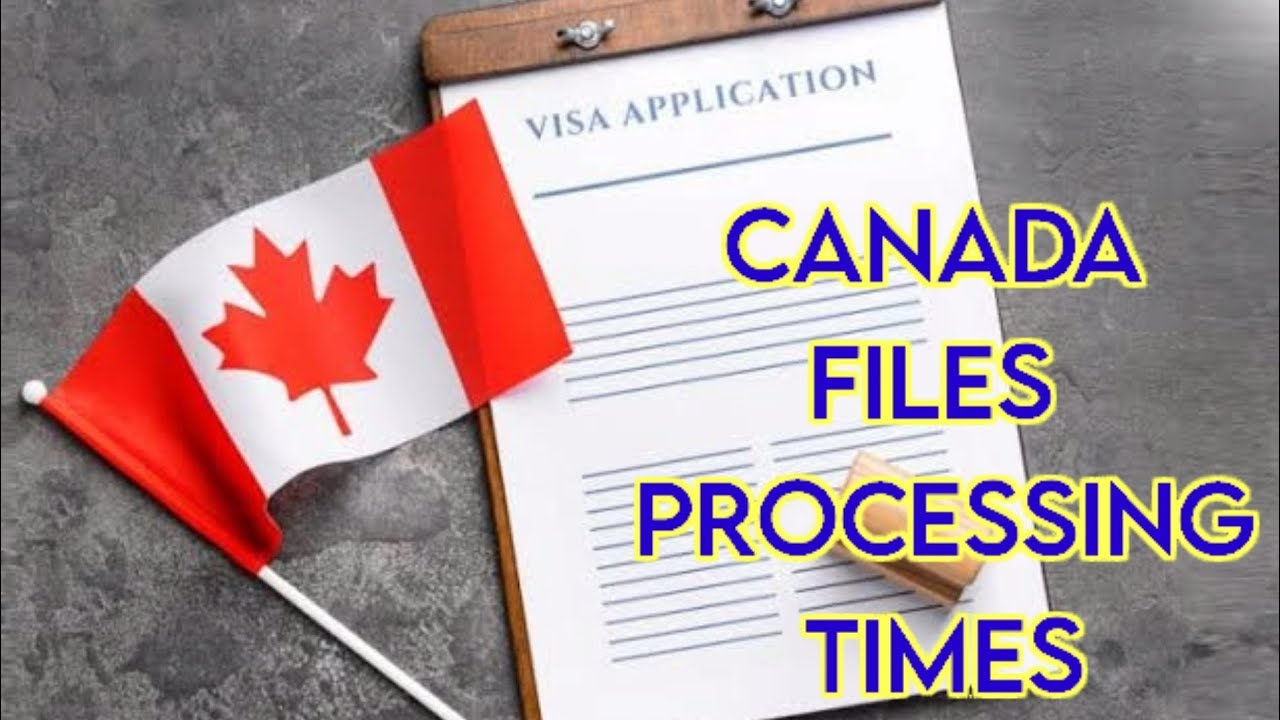Studying in Italy is a dream for many, and it’s not hard to see why. Picture yourself strolling through the historic streets of Rome, sipping espresso in a charming Florentine café, or studying Renaissance art in the very city where it was born. Italy, with its world-class universities, vibrant culture, and rich history, attracts thousands of international students every year. But before you can immerse yourself in la dolce vita, you’ll need to navigate the process of obtaining a student visa.
This comprehensive guide is designed to walk you through every step of applying for a student visa in Italy for 2025. From understanding visa types to gathering documents and preparing for your interview, we’ve got you covered with practical advice, insider tips, and a touch of human flair to make the journey feel less daunting and more exciting. Let’s dive in and get you one step closer to your Italian adventure!
Why Study in Italy?
Before we delve into the nitty-gritty of the visa process, let’s take a moment to appreciate why Italy is such a magnetic destination for international students.
-
Academic Excellence: Italy is home to some of the world’s oldest universities, like the University of Bologna (founded in 1088), renowned for their rigorous academic standards and innovative programs, especially in arts, architecture, fashion, and engineering.
-
Cultural Immersion: From the Colosseum to the canals of Venice, Italy offers an unparalleled opportunity to live amidst history and culture. You’ll be learning Italian, savoring authentic cuisine, and exploring landmarks that have inspired generations.
-
Affordable Education: Compared to other Western countries, Italy offers relatively low tuition fees at public universities, ranging from €900 to €4,000 per year for international students. Scholarships are also widely available.
-
Global Network: Studying in Italy connects you with students from around the world, building a network that can boost your personal and professional life.
Understanding Italian Student Visa Types
To study in Italy, non-EU/EEA students need a student visa. The type of visa you’ll apply for depends on the duration of your study program. Here’s a breakdown of the two main types:
1. Type C Visa (Short-Stay Schengen Visa)
-
Duration: Up to 90 days.
-
Purpose: Suitable for short courses, language programs, summer schools, or exchange programs.
-
Key Notes: This visa allows multiple entries within the 90-day period but is not renewable for longer stays. You’ll need to declare your presence upon arrival in Italy.
2. Type D Visa (Long-Stay National Visa)
-
Duration: More than 90 days, typically up to one year with the option to renew.
-
Purpose: Ideal for bachelor’s, master’s, PhD programs, or other long-term studies requiring at least 20 hours of classes per week.
-
Key Notes: This is the most common visa for degree-seeking students. After arrival, you must apply for a Permesso di Soggiorno (residence permit) within 8 days.
Pro Tip: Always check with the Italian consulate in your jurisdiction, as requirements can vary slightly.
Step-by-Step Guide to Applying for an Italian Student Visa in 2025
Applying for a student visa can feel like navigating a labyrinth, but with the right roadmap, it’s entirely manageable. Below is a detailed, step-by-step process to secure your Italian student visa for 2025.
Step 1: Secure Admission to an Italian Institution
Before applying for a visa, you need to be accepted into an accredited Italian educational institution. Here’s how to get started:
-
Research Programs: Explore universities like the University of Bologna, Sapienza University of Rome, or Politecnico di Milano. Many offer programs in English, especially at the graduate level.
-
Apply Early: Submit your application, including transcripts, a CV, motivation letter, and language proficiency scores (IELTS/TOEFL for English programs or Italian proficiency for Italian-taught courses).
-
Receive Admission Letter: Once accepted, you’ll receive an official letter of admission or enrollment. This document is crucial for your visa application.
Visual Aid: Watch this video for tips on applying to Italian universities
A helpful guide to navigating the university application process in Italy.
Step 2: Determine Your Visa Type
Based on your program duration, decide whether you need a Type C or Type D visa. Most degree-seeking students will require a Type D visa. Confirm this with your university and the Italian consulate.
Step 3: Gather Required Documents
The visa application requires a comprehensive set of documents. Start collecting these as soon as you receive your admission letter to avoid last-minute stress. Here’s a checklist:
-
Completed Visa Application Form: Download the form from the Italian Ministry of Foreign Affairs website or your local consulate’s portal.
-
Valid Passport: Must have at least two blank pages and be valid for three months beyond your intended stay in Italy.
-
Recent Passport-Sized Photographs: Two photos (35mm x 45mm) with a light background and neutral expression.
-
Letter of Admission: Official document from your Italian institution confirming your enrollment.
-
Proof of Financial Means: Demonstrate you have at least €6,079.45 per year (approximately €467.65 per month) through bank statements, scholarship letters, or a financial guarantee.
-
Health Insurance: Coverage for medical treatment and hospitalization in Italy, with a minimum of €30,000.
-
Proof of Accommodation: Hotel reservation, rental agreement, or a declaration of hospitality from a host in Italy.
-
Proof of Financial Means for Repatriation: Evidence you can afford to return to your home country, such as a round-trip ticket or additional funds.
-
Language Proficiency: For Italian-taught programs, provide proof of Italian proficiency (e.g., CILS or CELI certification). For English-taught programs, IELTS/TOEFL scores may be required.
-
Visa Fee Payment: Typically €50-70 (around $56-78 USD), payable via money order or other methods specified by your consulate.
-
Additional Documents for Minors: If under 18, include a translated and legalized birth certificate and parental consent for expatriation.
Pro Tip: Translate and apostille documents (e.g., transcripts or degrees) if required by your consulate. Double-check the consulate’s website for specific requirements, as they can differ.
Step 4: Schedule a Visa Appointment
As of January 10, 2025, all Type D visa applicants must schedule an individual appointment at the Italian consulate for biometric data collection (fingerprints). This change eliminates batch processing, so book your appointment early, as slots fill up quickly.
-
Locate Your Consulate: Find the Italian consulate or embassy with jurisdiction over your place of residence. For example, in the U.S., consulates are located in cities like Washington, D.C., Boston, and Chicago.
-
Book Early: Appointments can be scheduled up to six months in advance. Aim to book 4-6 weeks before your intended travel date.
-
Prepare for Travel: Some consulates may require air travel to attend the appointment, so budget accordingly.
Step 5: Attend the Visa Interview
The visa interview is your chance to demonstrate your preparedness and commitment to studying in Italy. Here’s how to ace it:
-
Be Punctual: Arrive early with all documents organized in a folder.
-
Dress Professionally: Opt for business casual attire to make a good impression.
-
Answer Confidently: Be ready to discuss your study plans, why you chose Italy, your course details, and how you’ll support yourself financially.
-
Bring Copies: Carry photocopies of all documents, as some consulates require them.
Visual Aid: Watch this video for visa interview tips:
https://youtube.com/shorts/Nu9ny2fD0r8?si=TETXohEpLLw7jlVp
Learn how to prepare for your visa interview with confidence.
Step 6: Pay the Visa Fee
The visa fee for a Type D student visa is approximately €50-70, though it may vary by consulate and is updated quarterly. Payment methods differ (e.g., money order, bank transfer), so check your consulate’s requirements.
Step 7: Wait for Visa Processing
Processing times typically range from 15 to 30 working days, though peak seasons (e.g., before the academic year) may take longer. Track your application status online if your consulate offers this service, or contact them with your reference number.
Pro Tip: Apply at least three months before your intended travel date to account for delays.
Step 8: Collect Your Visa
Once approved, you’ll be notified to collect your visa. Check the details (name, dates, course) for accuracy before leaving the consulate.
Step 9: Apply for a Residence Permit (Permesso di Soggiorno)
If you’re staying longer than 90 days, you must apply for a Permesso di Soggiorno within 8 days of arriving in Italy. Here’s what to do:
-
Visit the Local Post Office: Pick up a Permesso di Soggiorno kit.
-
Submit Documents: Include your visa, passport, university enrollment letter, proof of accommodation, and health insurance. You’ll also need an Italian tax code (codice fiscale).
-
Pay the Fee: Approximately €117.96, plus an additional €149.77 for health insurance enrollment with the Italian National Health Service (SSN) if applicable.
-
Attend an Appointment: You’ll be called to the local Questura (police headquarters) for fingerprinting and final processing.
Pro Tip: Bring a copy of your visa application and admission letter to Italy, as they may be required for the residence permit process.
New Visa Regulations for 2025
Starting January 10, 2025, Italy has introduced new rules for Type D visa applicants, including students. These changes aim to enhance security but may increase the administrative burden:
-
Mandatory Fingerprinting: All applicants must attend an in-person appointment at the consulate for biometric data collection.
-
No Batch Processing: U.S. institutions can no longer process visas in batches, meaning each student must handle their application individually.
-
Increased Costs: Travel to consulates for fingerprinting may add expenses, especially for students far from a consulate.
Visual Aid: Watch this video for an overview of the new 2025 visa rules:
Stay updated on Italy’s new visa regulations for 2025.
Tips for a Successful Visa Application
To maximize your chances of approval, keep these tips in mind:
-
Apply Early: Start the process as soon as you receive your admission letter to avoid delays.
-
Double-Check Documents: Incomplete or incorrect documents are a common reason for rejection. Ensure everything is translated, apostilled, and meets consulate requirements.
-
Be Honest: Provide accurate information during your interview and in your application. Misrepresentation can lead to rejection or future bans.
-
Stay Organized: Use a checklist to track your documents and deadlines.
-
Learn Basic Italian: Even for English-taught programs, knowing some Italian can ease your transition and impress consulate officials.
What to Do If Your Visa Is Rejected
Visa rejections can be disheartening, but they’re not the end of the road. Common reasons include incomplete documentation, insufficient financial proof, or failure to meet academic requirements. Here’s how to bounce back:
-
Review the Rejection Notice: The consulate will provide reasons for the rejection. Study these carefully.
-
Correct Errors: Address the issues (e.g., provide missing documents or clarify financial proof) and reapply.
-
Appeal the Decision: If you believe the rejection was unfair, you can appeal within a specified period. Consult the consulate for appeal procedures.
-
Seek Professional Help: Visa consultants or university international offices can offer guidance.
Pro Tip: Don’t let a rejection discourage you. Many students successfully reapply after addressing the consulate’s concerns.
Working While Studying in Italy
One of the perks of studying in Italy is the opportunity to work part-time, which can help offset living costs. Here’s what you need to know:
-
EU/EEA Students: Can work up to 20 hours per week during the semester without a work permit. Full-time work is allowed during holidays.
-
Non-EU Students: Must apply for a work permit at a local immigration office after securing a signed employment contract. You’re limited to 20 hours per week during the semester.
-
Permesso di Soggiorno: Required for legal work, even part-time.
Visual Aid: Watch this video for tips on finding part-time work in Italy:
Discover how to balance work and studies in Italy.
Frequently Asked Questions (FAQs)
1. Do I need a student visa to study in Italy?
Non-EU/EEA students need a visa for programs longer than 90 days (Type D). For shorter programs (up to 90 days), a Type C visa may be required, depending on your nationality. EU/EEA students don’t need a visa but must register with the Questura for stays over three months.
2. How much does an Italian student visa cost?
The visa fee is typically €50-70 (around $56-78 USD), but check with your consulate for the exact amount and payment method. Additional costs include the Permesso di Soggiorno (€117.96) and health insurance enrollment (€149.77).
3. How long does it take to process an Italian student visa?
Processing takes 15-30 working days, but it can take longer during peak seasons. Apply at least three months before your travel date to be safe.
4. Can I work while studying in Italy?
Yes, non-EU students can work up to 20 hours per week with a work permit. EU/EEA students can work without a permit, also up to 20 hours per week during the semester.
5. What happens if I don’t apply for a Permesso di Soggiorno within 8 days?
Failing to apply within 8 days can result in fines or complications with your legal status in Italy. Always prioritize this step upon arrival.
6. Can I bring my family to Italy on a student visa?
Yes, your spouse or children can apply for a family visa, but you’ll need to obtain a Nulla Osta (authorization) from the local immigration office first.
7. What should I do if my visa application is rejected?
Review the rejection reasons, correct any issues (e.g., missing documents), and reapply. You can also appeal the decision if applicable.
Caption: Got questions? Our FAQs have you covered.
Preparing for Your Arrival in Italy
Once your visa is approved, it’s time to prepare for your Italian adventure. Here are some final tips to ensure a smooth transition:
-
Book Accommodation: Secure housing through university dorms, private rentals, or homestays. Have proof of accommodation ready for your Permesso di Soggiorno application.
-
Learn Basic Italian: Even a few phrases can go a long way in daily life and help you connect with locals.
-
Budget Wisely: Average living costs in Italy range from €800-€1,500 per month, depending on the city. Create a budget to manage expenses.
-
Pack Smart: Bring copies of all visa and admission documents, comfortable clothing for Italy’s varied climate, and any personal items you’ll need.
-
Connect with Your University: Join international student groups or attend orientation sessions to make friends and settle in.
Your Italian Adventure Awaits!
Applying for a student visa in Italy for 2025 may seem like a complex process, but with careful planning and the right resources, it’s a manageable step toward an unforgettable academic and cultural experience. From securing your admission letter to navigating the consulate appointment and settling into life in Italy, each step brings you closer to living your dream in one of the world’s most enchanting countries.
So, what are you waiting for? Start gathering your documents, book that visa appointment, and prepare to immerse yourself in the beauty of Italy. Your academic journey in the land of pizza, pasta, and fine art is just a visa stamp away. Buon viaggio!
Call to Action: Ready to study in Italy? Begin your visa application today and visit visaxtra.com for more resources to plan your international education journey!










